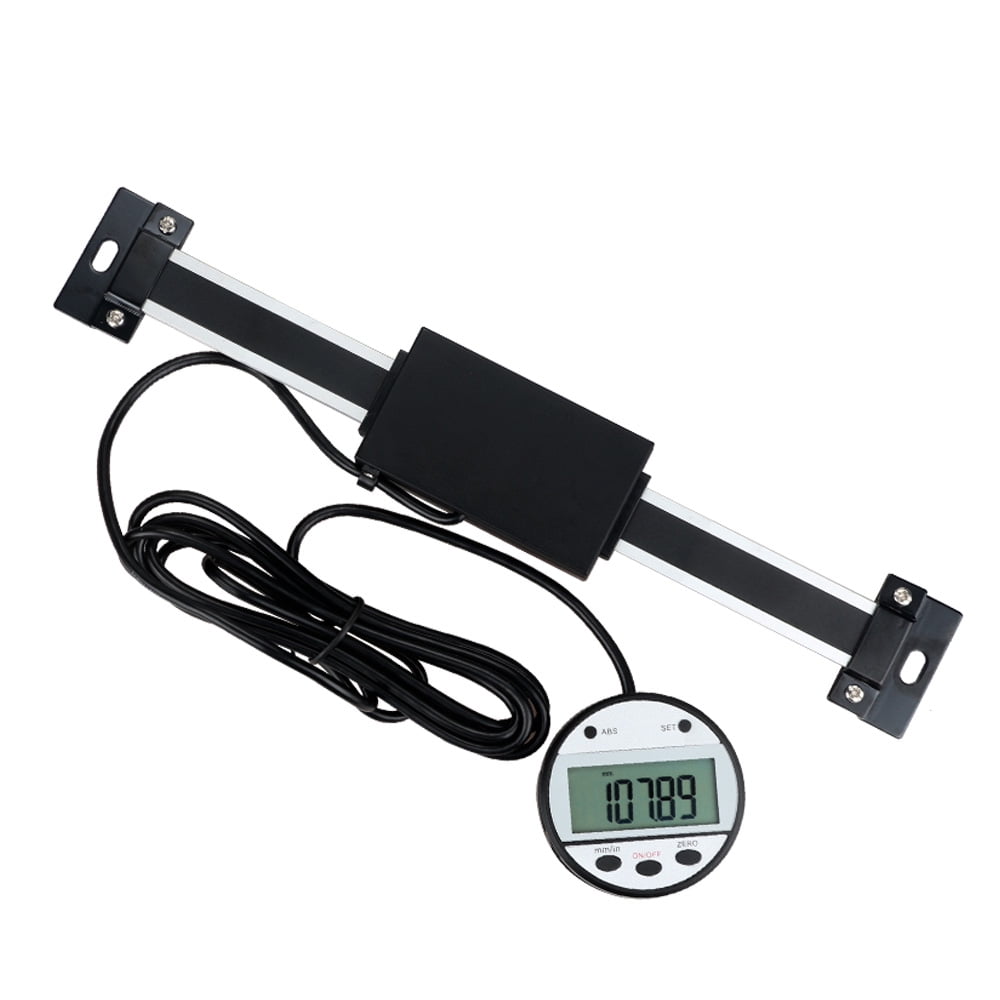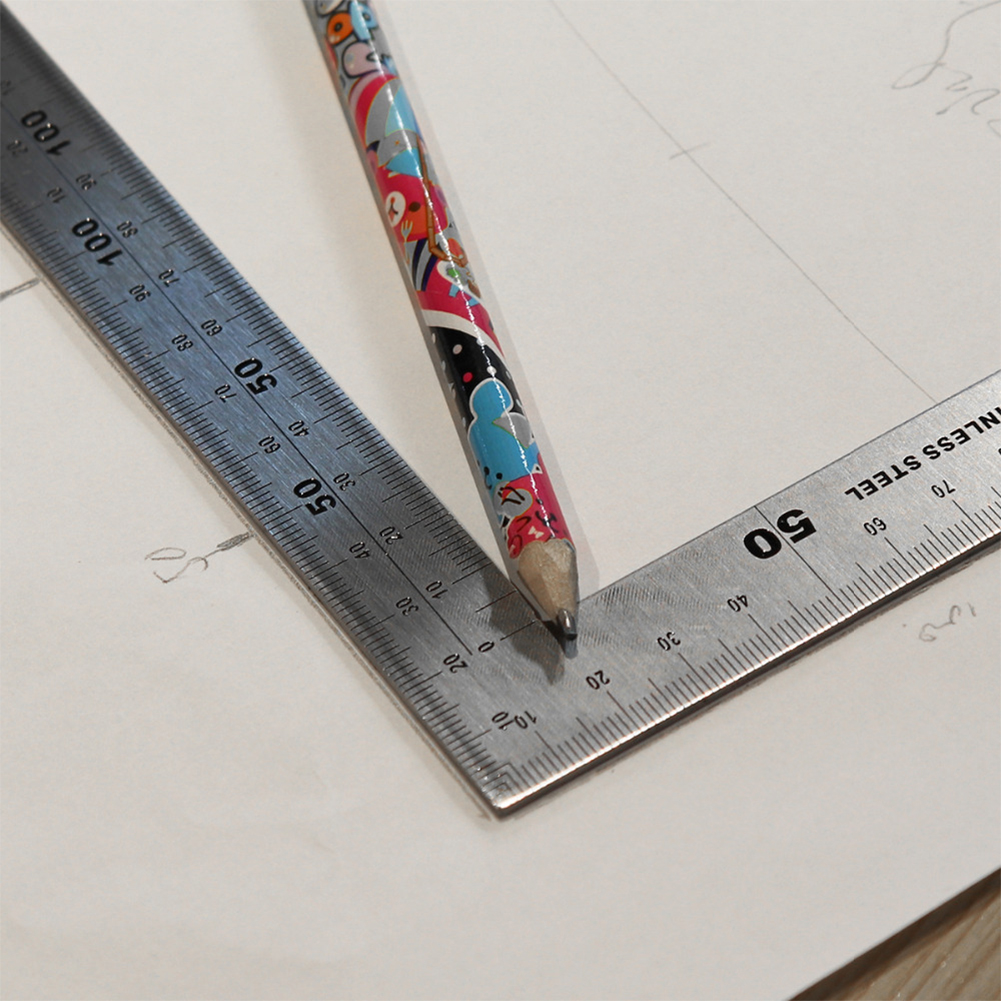


Ian Whitelaw holds that the Mohenjo-Daro ruler is divided into units corresponding to 1.32 inches (33.5 mm) and these are marked out in decimal subdivisions with amazing accuracy, to within 0.005 inches (0.13 mm). Excavations at Lothal (2400 BCE) have yielded one such ruler calibrated to about 1⁄ 16 inch (1.6 mm).

Rulers made of ivory were in use by the Indus Valley civilization period prior to 1500 BCE. 2650 BCE and was found by the German Assyriologist Eckhard Unger while excavating at the Sumerian city of Nippur (present day Iraq). The oldest preserved measuring rod is a copper-alloy bar that dates from c.

In the late 18th century the metric system came into use and has been adopted to varying degrees in almost all countries in the world. In the history of measurement many distance units have been used which were based on human body parts such as the cubit, hand and foot and these units varied in length by era and location. These programs are also known as screen rulers.Ī wooden carpenter's rule and other tools found on board the 16th-century carrack Mary Rose
#Ruler tool software
It is rolled up when not in use, taking up little space.Ī ruler software program can be used to measure pixels on a computer screen or mobile phone. It is used to measure around a solid body, e.g., for a person's waist measurement, as well as for linear measurement, e.g., for the inside leg length. The illustrations on this page show a 2 m (6 ft 7 in) carpenter's rule, which folds down to a length of 25 cm (10 in) to easily fit in a pocket, and a 5 m (16 ft) tape, which retracts into a small housing.Ī flexible length-measuring instrument which is not necessarily straight in use is the tailor's fabric tape measure, a length of tape calibrated in inches and centimeters. When extended for use, they are straight, like a ruler.
#Ruler tool portable
Measuring instruments similar in function to rulers are made portable by folding (carpenter's folding rule) or retracting into a coil (metal tape measure) when not in use. More detailed line gauges may contain sample widths of lines, samples of common type in several point sizes, etc. Units of measurement on a basic line gauge usually include inches, agate, picas, and points. These may be made from a variety of materials, typically metal or clear plastic. Practical rulers have distance markings along their edges.Ī line gauge is a type of ruler used in the printing industry. Classically, long measuring rods were used for larger projects, now superseded by tape measure, surveyor's wheel or laser rangefinders.ĭesk rulers are used for three main purposes: to measure, to aid in drawing straight lines, and as a straight guide for cutting and scoring with a blade. Rigid wooden or plastic yardsticks, 1 yard long, and meter sticks, 1 meter long, are also used. Longer rulers, e.g., 18 in (46 cm), are necessary in some cases. Shorter rulers are convenient for keeping in a pocket. 12 in or 30 cm in length is useful for a ruler to be kept on a desk to help in drawing. Metal is used for more durable rulers for use in the workshop sometimes a metal edge is embedded into a wooden desk ruler to preserve the edge when used for straight-line cutting. Plastics have also been used since they were invented they can be molded with length markings instead of being scribed. Rulers have long been made from different materials and in multiple sizes. You can measure this out or simply eyeball your thirds out.ĥ.And, here is the final result, a nice vacation photo without all the mess.Bronze ruler. I would like the girl to be in the lower left third, so I can keep the flavor of my background scene. Using the rule of thirds, which has been covered on PA with some terrific examples, let’s crop this puppy. Select OK, and this is the result:Ĥ.Finally, this image needs to be cropped. If you do, pick another straight line (don’t pick the same line) and try again until Photoshop (it’s not you) gets it right. It usually does a very good job, but don’t be surprised if you get unexpected results. Photoshop is telling you that it believes this change in angle will make the ruler line you made in your picture a straight. Once you’ve done this…ģ.Simply go to Image/Image Rotation/Arbitrary and you will get a dialog box with a number already in it. In this case I’m using the columns on the church in the background. If you don’t have a usable straight line, make a good guess. It’s hidden under the eyedropper dialog, so click and hold to reveal the submenus and select the Ruler Tool (remember, you’ve done this, otherwise you may not be able to find your eyedropper tool the next time you need it).Ģ.Click and drag your ruler across a good vertical (or horizontal) straight line near the middle of the photo.
#Ruler tool free
1.Feel free to save the image above and follow along – let’s level out this scene first by going to the measure tool.


 0 kommentar(er)
0 kommentar(er)
